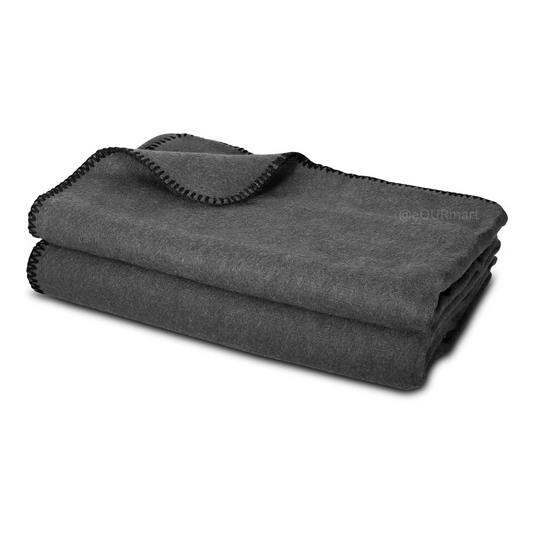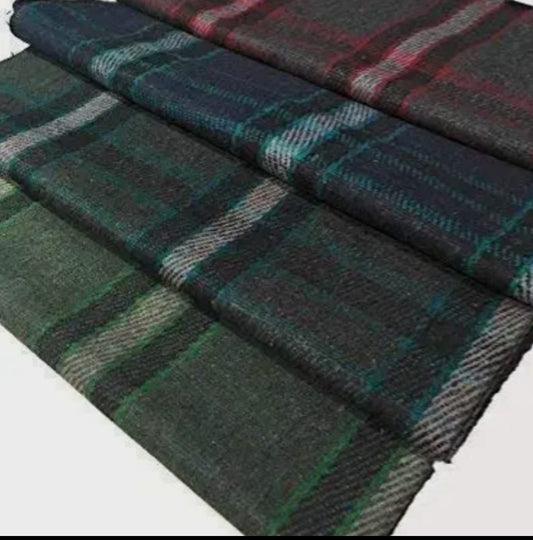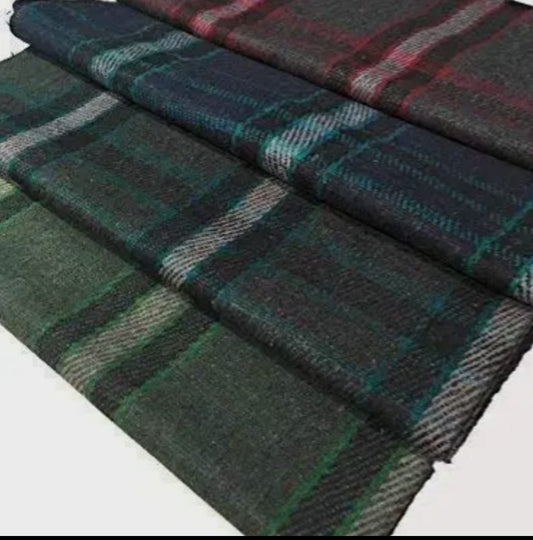Understanding Baby Teething
Teething typically begins around 6 months of age, although it can vary from one child to another. During this process, a baby's first set of teeth, also known as primary or milk teeth, start to emerge through the gums. This can cause discomfort and pain, leading babies to seek relief by chewing on objects to alleviate the pressure on their gums.
Types of Baby Teethers
When it comes to choosing a teether for your baby, there are several options available, each designed to cater to different preferences and needs. Here are some common types of baby teethers:
- Solid Teethers: These are typically made from hard materials such as rubber or silicone and provide firm pressure against the gums, offering relief during teething.
- Liquid-Filled Teethers: These teethers are filled with a sterilized liquid, which can be chilled in the refrigerator for a cooling effect. The cold sensation helps numb sore gums, providing comfort to teething babies.
- Textured Teethers: Textured teethers feature various bumps, ridges, and grooves designed to massage and stimulate the gums, offering relief and promoting healthy oral development.
- Ring Teethers: Ring teethers are shaped like a ring, making them easy for babies to hold and chew on. They often come in a variety of textures and materials to cater to different preferences.
- Food-Grade Silicone Teethers: Silicone teethers are popular due to their soft and flexible texture, making them gentle on baby's gums. They come in various shapes and designs, including fruits, animals, and geometric shapes.
Tips for Selecting the Right Teether
Choosing the right teether for your baby can make a significant difference in providing relief during the teething phase. Here are some tips to help you select the perfect teether:- Safety First: Always prioritize safety when selecting a teether for your baby. Choose teethers made from non-toxic materials that are free from BPA, phthalates, and PVC.
- Size and Shape: Opt for teethers that are the right size and shape for your baby to hold comfortably. Avoid small parts or detachable components that could pose a choking hazard.
- Texture: Look for teethers with varied textures that can massage and stimulate your baby's gums effectively. Soft, pliable textures are gentle on sore gums and provide soothing relief.
- Chillable Option: Consider getting a teether that can be chilled in the refrigerator. The cold sensation helps numb sore gums and provides additional relief during teething.
- Easy to Clean: Choose teethers that are easy to clean and maintain to ensure optimal hygiene. Look for dishwasher-safe or boilable options for convenience.
- Durability: Select a teether that is durable and built to withstand your baby's chewing habits. Avoid teethers that are prone to breaking or deteriorating quickly.
- Consult with Pediatrician: If you're unsure about which teether to choose or if your baby is experiencing severe teething symptoms, consult with your pediatrician for personalized recommendations and advice.
Finding the right teether for your baby can greatly alleviate discomfort during the teething phase and provide much-needed relief. By considering factors such as safety, size, texture, and chillable options, you can select a teether that meets your baby's needs and preferences. Remember to prioritize safety and hygiene when choosing a teether, and always supervise your baby during teething to ensure their safety and well-being. With the right teether by their side, your little one can navigate through the teething phase with comfort and ease.





